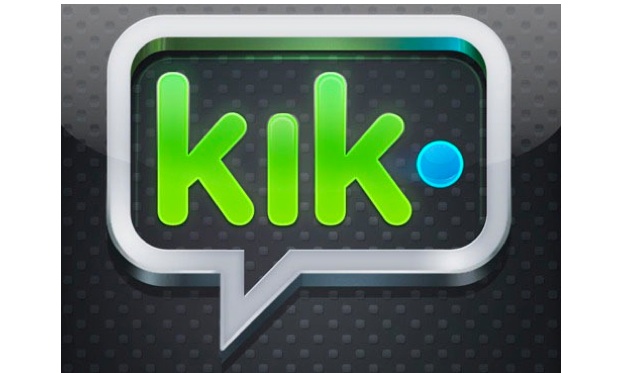
Just under a year ago, Kik went from being a tiny player in the burgeoning instant messaging category to the front-runner, adding one million subscribers in 15 days after its 1.0 release. Available at the time on BlackBerry, iOS and, later, Android and WP7, the app was seen as a direct competitor to RIM’s BBM platform. Its enviable combination of speed, simplicity and breadth appealed to BlackBerry users who were tired of losing their friends to other platforms, and to iOS users who wanted a push-ready IM client with the same DNA as what made BBM great.
Only two weeks after that great day, RIM turned off its push support of Kik and launched a lawsuit against the company, claiming that Ted Livingston, its founder and CEO, stole ideas from RIM when working at the company a few years earlier. Kik was cut off at the knees and, though it has grown tremendously on other platforms, including Android, has remained hobbling while millions of loyal BlackBerry users await its return. While not official, the company has quietly releaseda new version for BlackBerry that brings back all the functionality of the previous app, while adding support for other Java-based platforms at the same time.
“We asked ourselves, ‘why don’t we build a version [of Kik] for Java phones?’ says Livingston in a phone interview. “So that’s what we did.”
Instead of using the BlackBerry SDK or going through the “legitimate channels” of getting an app approved through RIM’s App World, they set out to develop a universal Java version that, well, just happened to work on all the latest BlackBerry devices. Using the app, which was built from the ground up for, Livingston says, “all of our BlackBerry friends,” it’s hard to tell the difference between the versions. Indeed, it seems that this one is even faster than before. It also should avoid raising the ire of RIM, who are still embroiled in that lawsuit from last year.
“This is our fastest version of Kik yet,” he tells me. I ask him whether it was hard building a universal Java app. “It’s an engineering miracle,” he says, laughing. And as for RIM’s push service — the meat and potatoes of what made Kik so fast in the first place — they’re no longer using it. Instead, they open up a background connection to their servers, sort of like leaving the door open a crack, and when it detects that a user has sent a message, or is to receive one, the server pushes it to the respective device. It’s a simple, clean method that does not adversely affect battery life. “We had a BlackBerry 9900 going for five days, and we had our team constantly sending it messages. It just wouldn’t die.”
And what about those privacy concerns that were the source of so much contention last year? They’ve been sorted out. Instead of automatically adding friends to Kik by scanning your contact list without your permission, when you launch the application it now explicitly asks you whether you want to let it do so. And it’s easy to block a username by adding it to a Blacklist in the Settings menu.
So what’s next for Kik now that they’re available on all major platforms again? Getting Kik onto feature phones around the world. “We’d been planning this expansion for a long time,” says Livingston. “Maybe not so much for North America, but for the rest of the world, they’re really going to love Kik on their feature phones. We see a world in the future where every person has one of these connected computers on them, and this is just a first step to enable interactions with those people, and with the world.”
Kik has also recently released an SDK for third-party developers to build Kik functionality into their own app. This is big for the small company, allowing users to share content using Kik’s servers in other apps, across platforms.
While he won’t divulge any future plans for Kik, including when app would be updated for Windows Phone Mango, he remains an extremely idealistic and confident CEO. While they may be on RIM’s dark and dreary doorstep in Waterloo, his outlook is very Silicon Valley, and it’s always exciting to hear about a Canadian venture going global on such a huge scale.
Oh, and which is the most popular platform for Kik users? “iPhone and Android are basically tied,” he says.
If you have a BlackBerry and want to try out the new version of Kik, head to their super secret URL, http://www.kik.com/shhh
MobileSyrup may earn a commission from purchases made via our links, which helps fund the journalism we provide free on our website. These links do not influence our editorial content. Support us here.


